!Alternate History Warning!
The F-17 “Edge” was developed during the 1970’s as part of the lightweight fighter program, where the USAF was in search of an easy to produce plane, that was capable in combat.
(Alternate history starts here)
General Dynamics and Lockheed Martin got contracted, and General Dynamics developed the YF-16, now also known as the F-16 Fighting Falcon. Lockheed Martin developed the YF-17. In the end, both designs were accepted, as the YF-17 had promising design with even lower costs than the F-16, and being carrier compatible, but not packing the same punch as the F-16.


The F-17 is a supersonic fighter jet, especially known for its small size. It quickly became a popular aircraft due to carriers being able to carry more F-17’s than other fighters. It can carry out regular patrols for a low cost, but if needed can also go on the offensive, where larger groups are preferred. The low cost ensures both of these roles can be performed well.


The F-17 is my favorite creation up to now (this usually happens with my new planes). Before I started work on this plane, I had no idea what it should look like, so I made a blueprint.

Some of these ideas were scrapped in the SP built (looking at you, horizontal and vertical stabilizers). When I first named the plane I had no idea there was actually an YF-17 in real life (later enlarged and made into the F-18).
There are also some physics included (ok maybe those wings don’t have enough angle but let’s not mind that, shall we?), visible in the fuselage where the wings start and end. It is slimmer than the rest, also known as Area Ruling, a way to reduce transsonic drag.
Now for some more pictures!



I hope you like this plane!
Specifications
Spotlights
- Serotrillion1100 7.0 years ago
- Theread36 7.0 years ago
General Characteristics
- Created On iOS
- Wingspan 29.6ft (9.0m)
- Length 35.0ft (10.7m)
- Height 14.4ft (4.4m)
- Empty Weight N/A
- Loaded Weight 7,373lbs (3,344kg)
Performance
- Power/Weight Ratio 4.571
- Wing Loading 28.3lbs/ft2 (138.3kg/m2)
- Wing Area 260.3ft2 (24.2m2)
- Drag Points 2667
Parts
- Number of Parts 300
- Control Surfaces 0
- Performance Cost 1,110

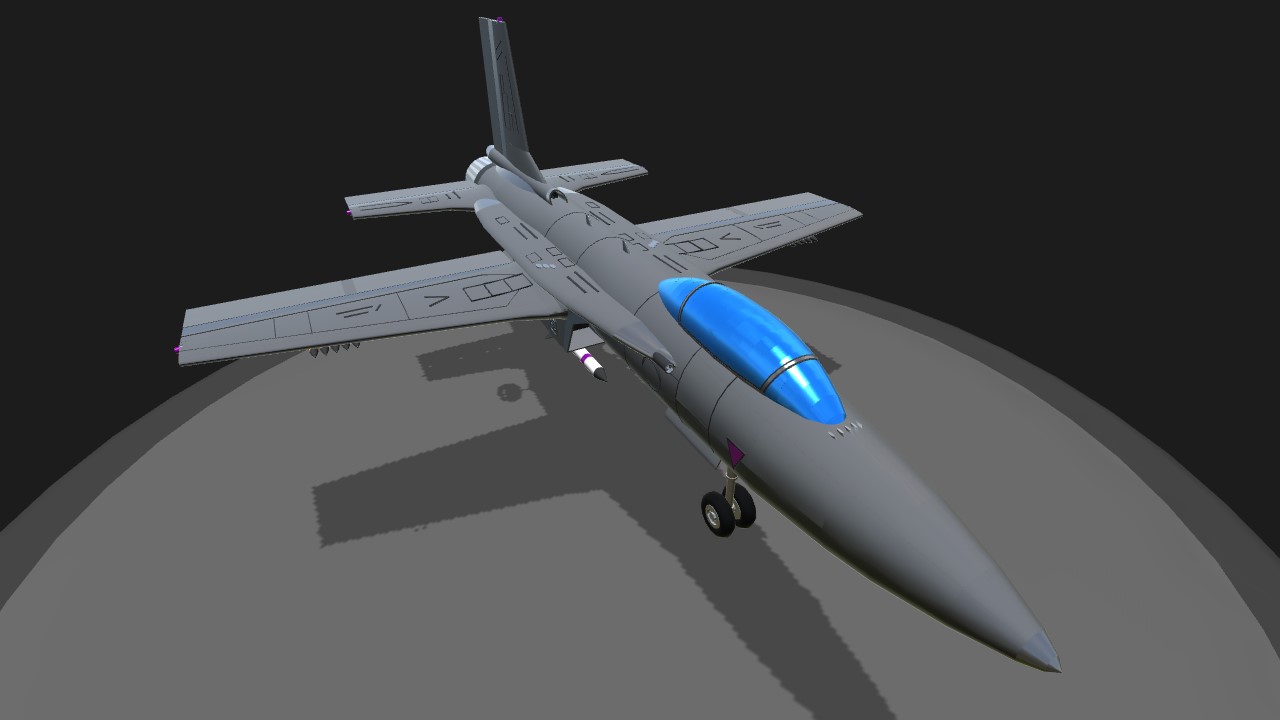
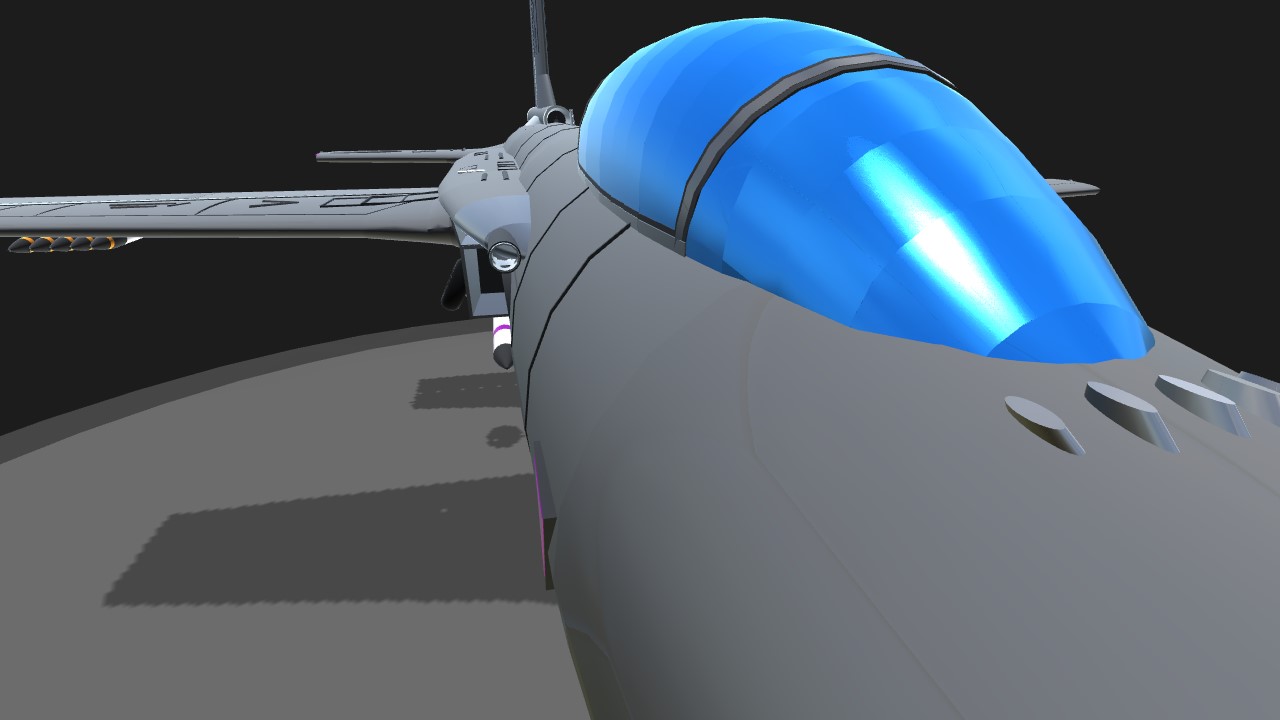
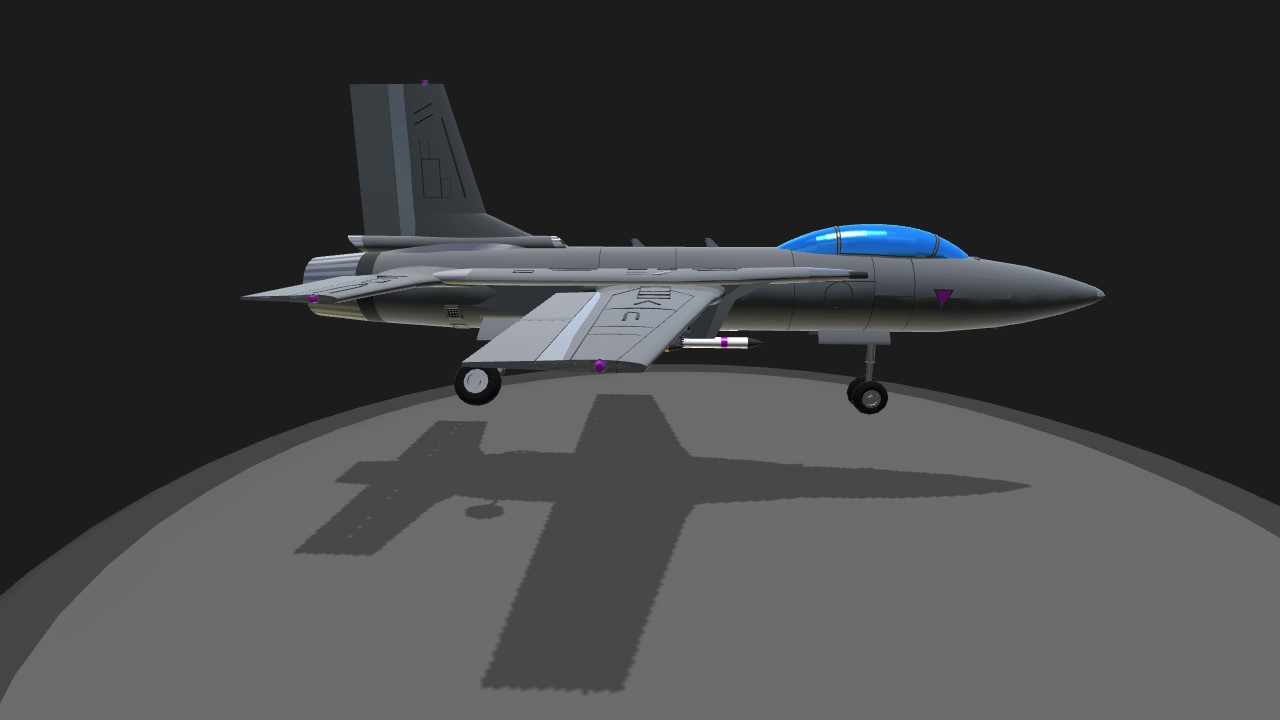
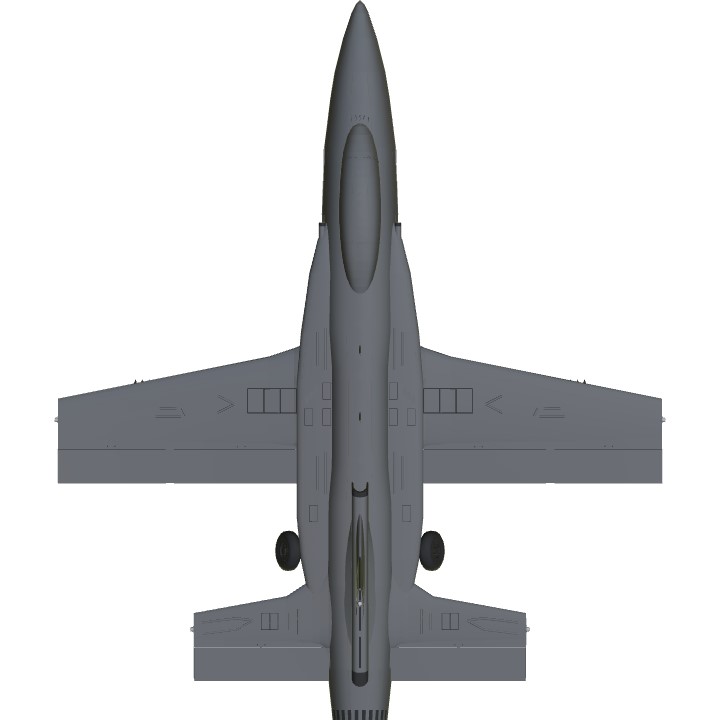
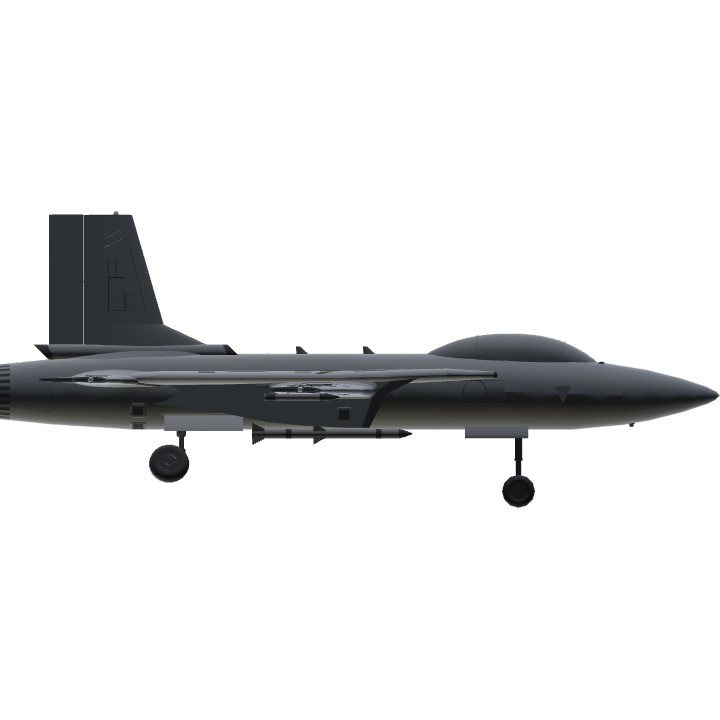
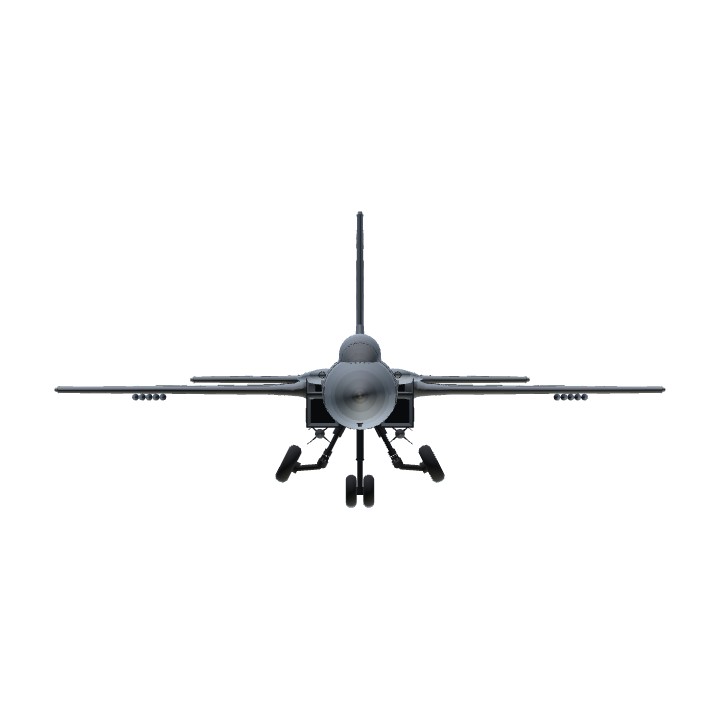
A couple of weird things, but quite nice